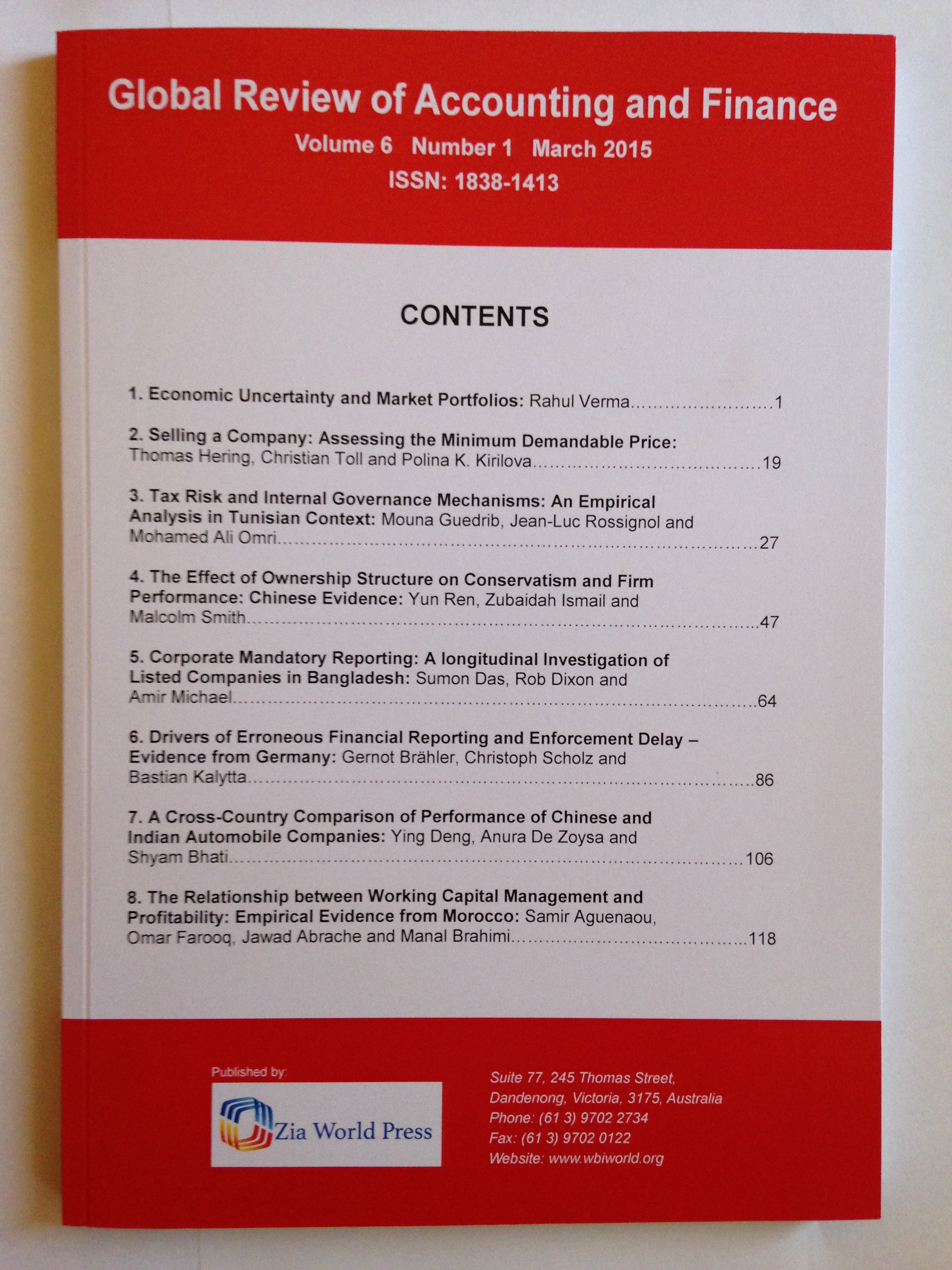Pages
165 – 177
The objective of this study is to explore the factors influencing the decision of the students on two-year College education to accept the offer of accounting as a major. The study examines the influence of variables such as career opportunities, family members and friends, and earnings potential on students’ decision to accept the offer of accounting major. A survey was conducted among all students majoring in accounting at the Public Authority for Applied Education and Training College. The findings reveal that career opportunities, prestige, and interesting subject have a significant influence on the students’ decision to opt for accounting as a major. The results also show no impact of gender, or the type of high school education, on the decision of students major in accounting.
Field of Research: Accounting education, College of Business Studies, accounting major, accounting students' career choice, Kuwait.

